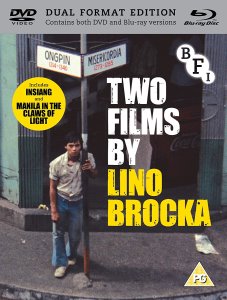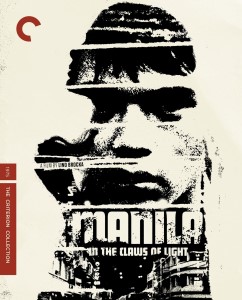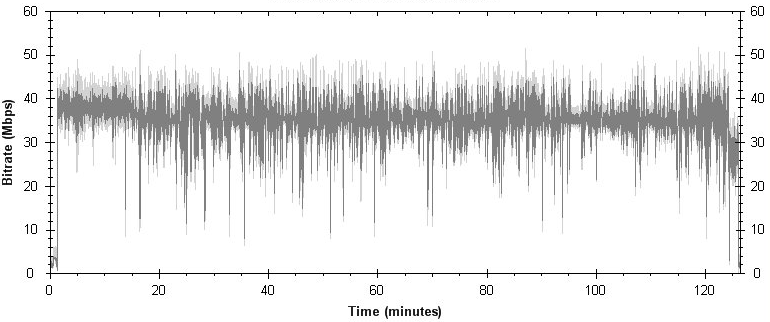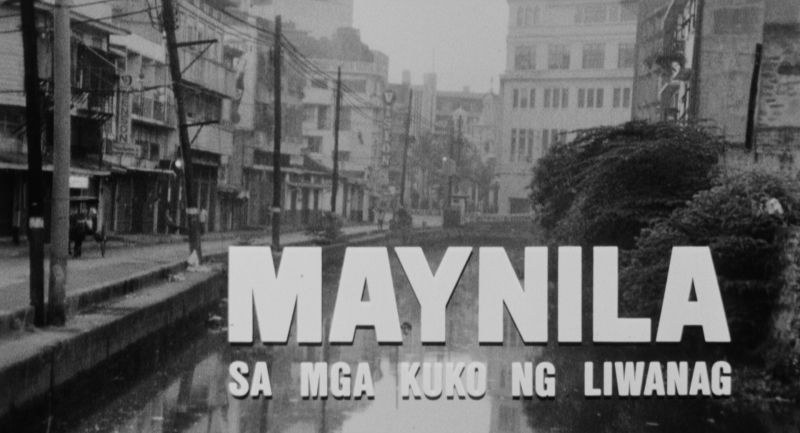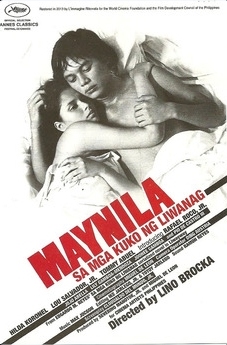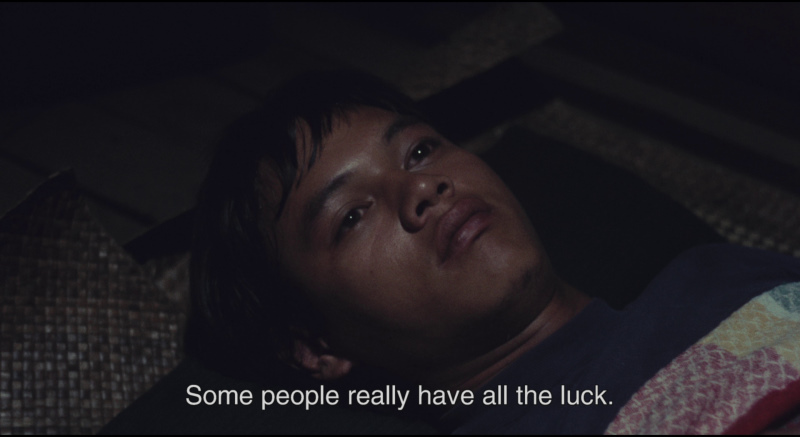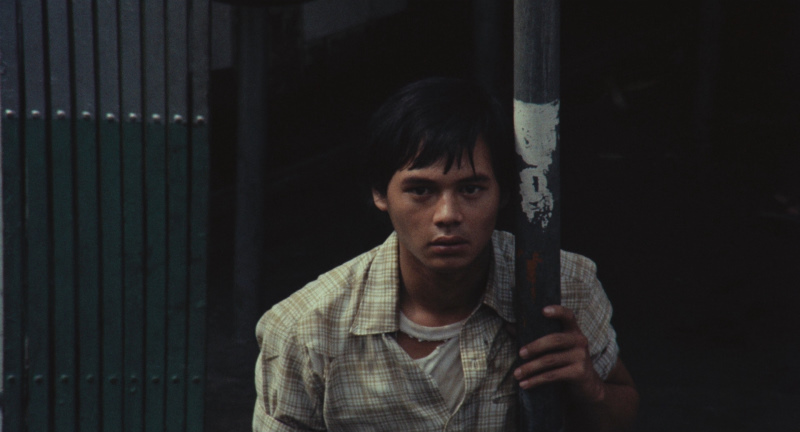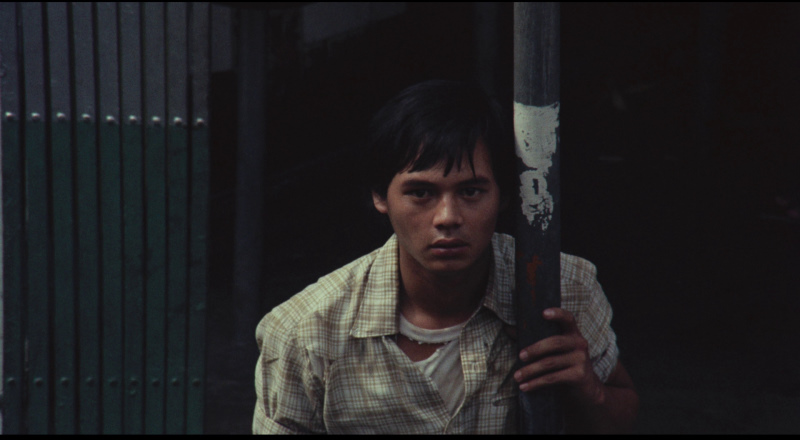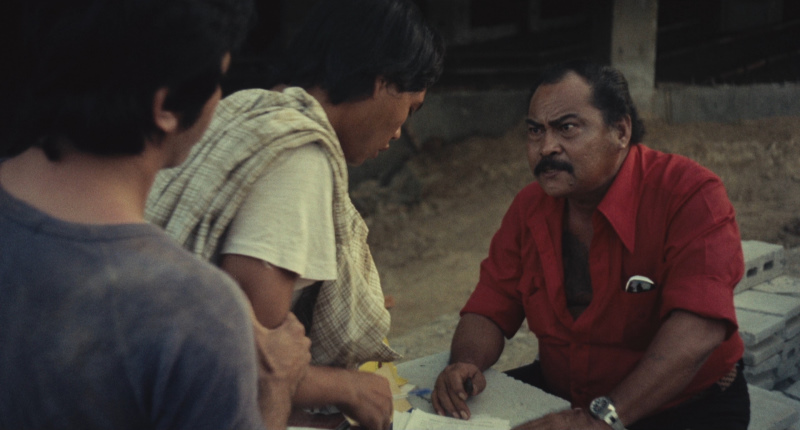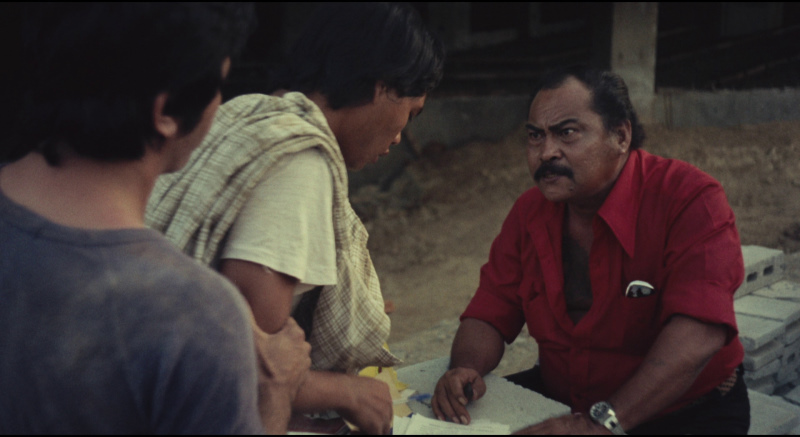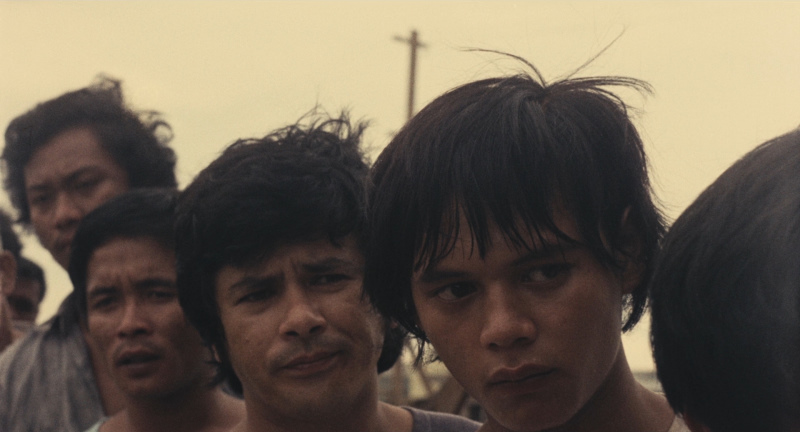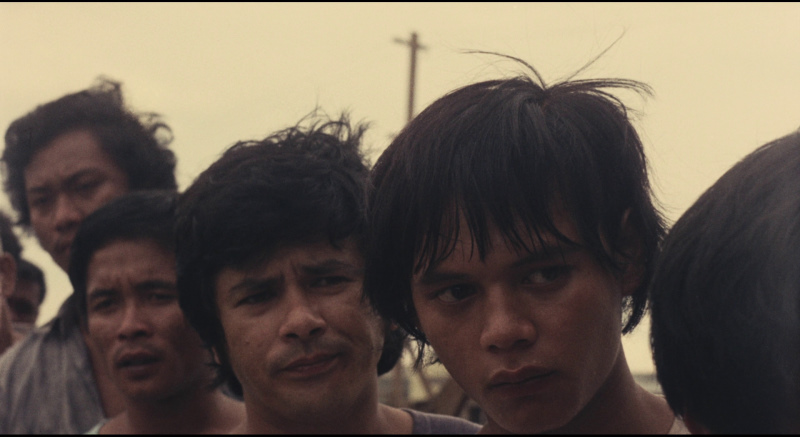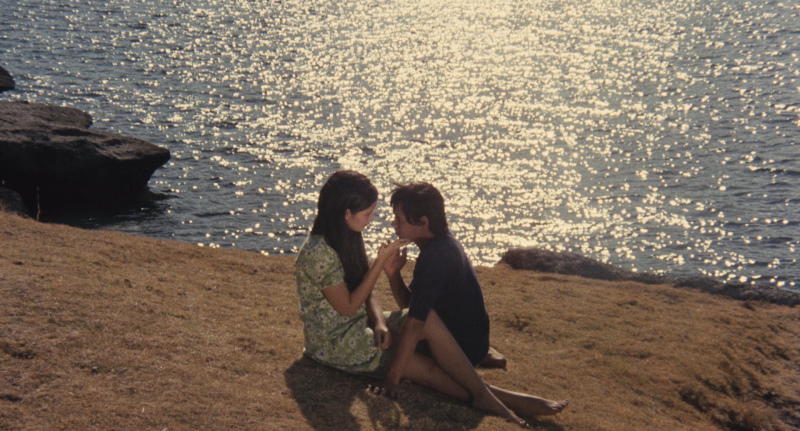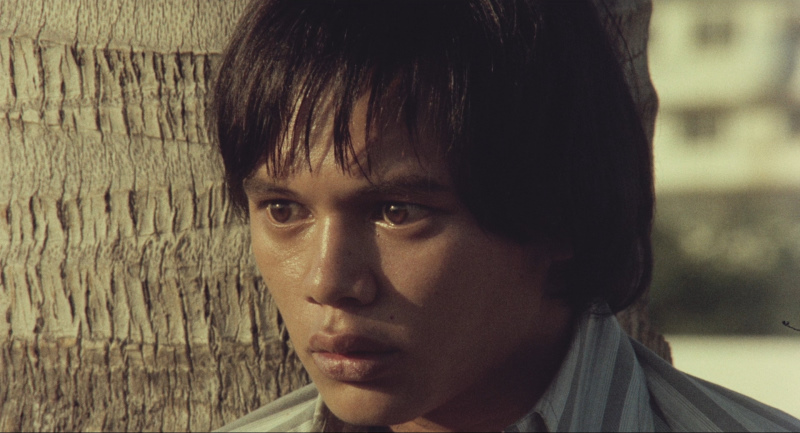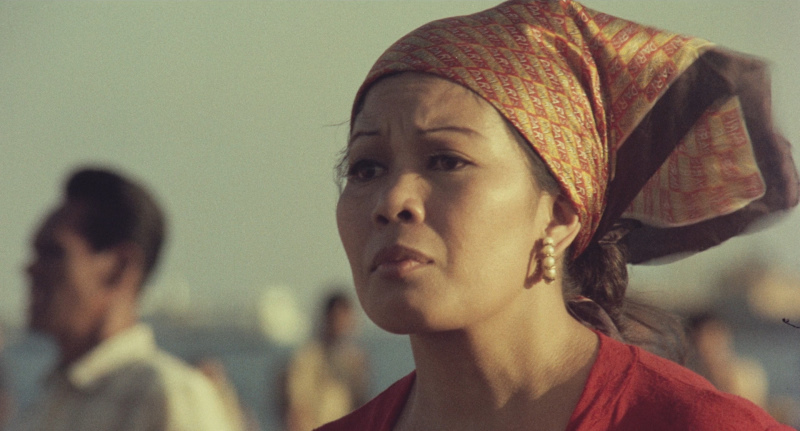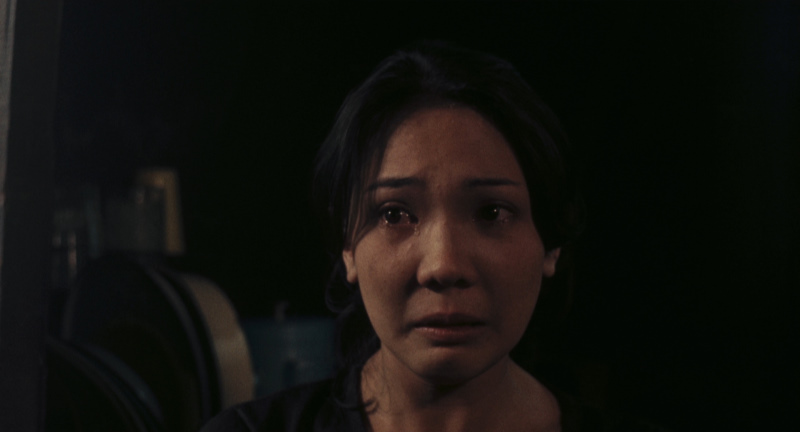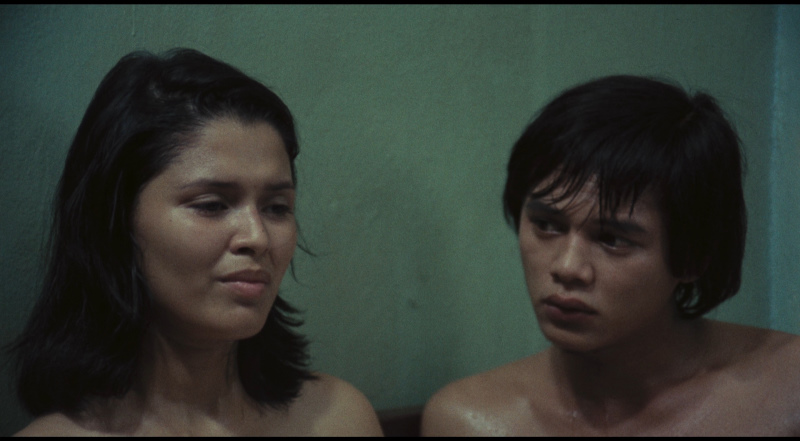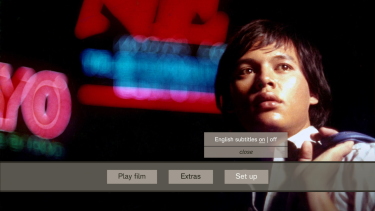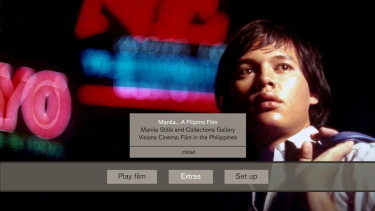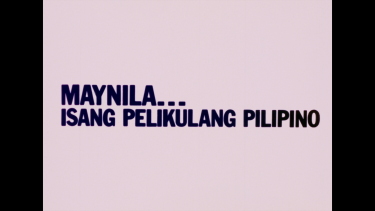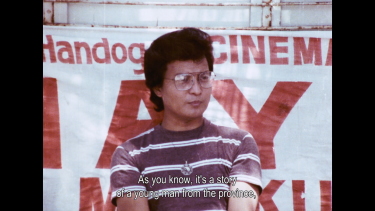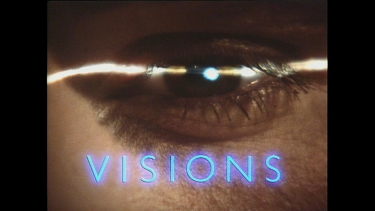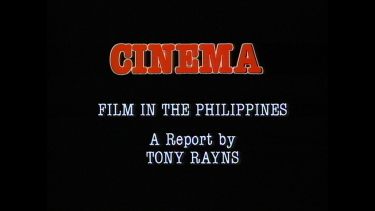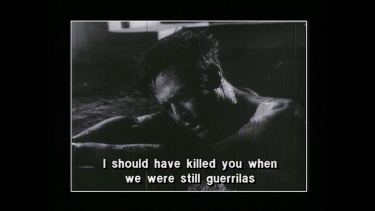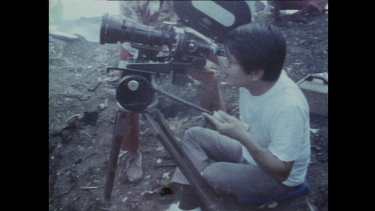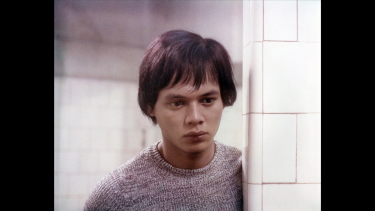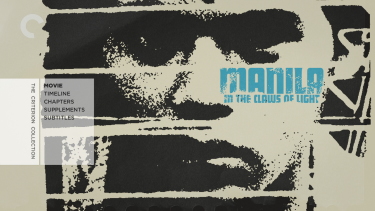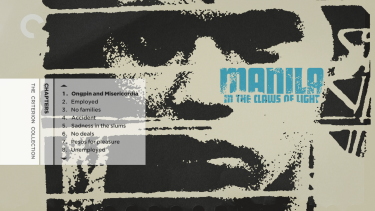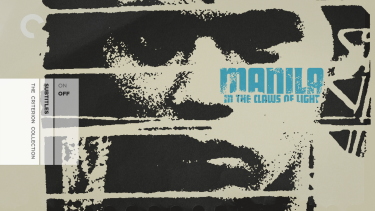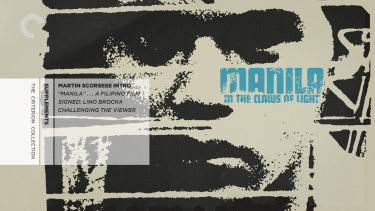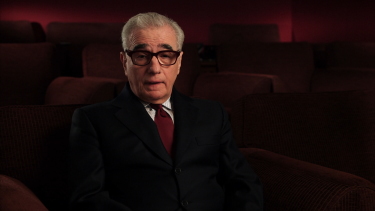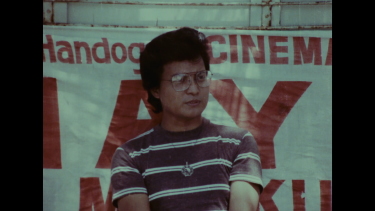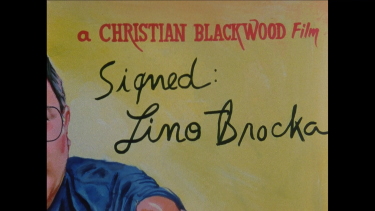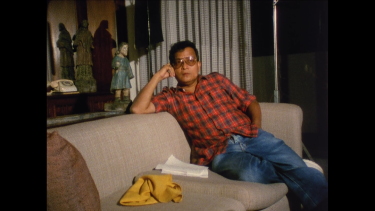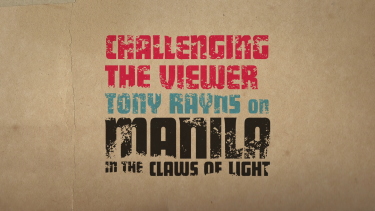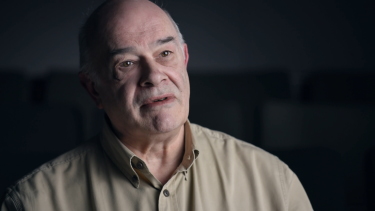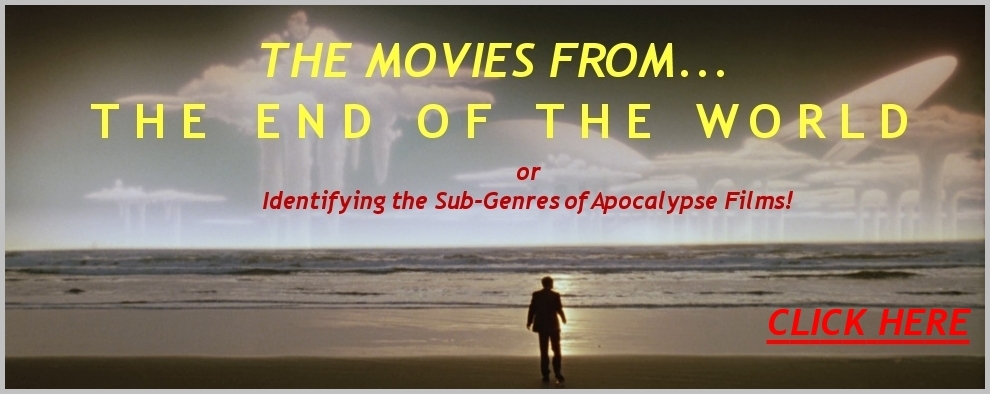![]()
![]()

![]()
![]()
|
Search DVDBeaver |
S E A R C H D V D B e a v e r |
|
Manila in the Claws of Light aka "Maynila: Sa mga kuko ng liwanag" (1975)
Review by Gary Tooze
Production: Theatrical: Cinemanila Video: BFI / Criterion Collection - Spine # 926
Disc: Region: 'B' / 'A' (as verified by the Oppo Blu-ray player)BFI Runtime: 2:06:22.125 Criterion Runtime: 2:06:46.640 BFI Disc Size: 48,014,498,722 bytes Criterion Disc Size : 49,042,877,189 bytes BFI Feature Size: 36,843,471,552 bytes Criterion Feature Size: 33,493,524,480 bytes Video Bitrates: 34.80 Mbps / 31.29 MbpsChapters: 12 + 23Case: Transparent Blu-ray case Release date: March 20th, 2017 / June 12th, 2018
Video (both): Aspect ratio: 1.85:1 Resolution: 1080p / 23.976 fps Video codec: MPEG-4 AVC Video
Audio: LPCM Audio Tagalog 1152 kbps 1.0 / 48 kHz / 1152 kbps / 24-bit The Guardian Lecture: Dolby Digital Audio English 192 kbps 2.0 / 48 kHz / 192 kbps
LPCM Audio Tagalog 1152 kbps 1.0 / 48 kHz / 1152 kbps / 24-bit
Subtitles (both): English, none
Extras: • Manila... A Filipino Film (Mike de Leon, 1975, 23:01): fascinating making-of documentary featuring interviews and behind-the-scenes footage• Manila stills and collections gallery • Visions Cinema: Film in the Philippines (Ron Orders, 1983, 40:12): Tony Rayns interviews Lino Brocka and other prominent Filipino directors. • Signed: Lino Brocka (Christian Blackwood, 1987, 1:23:30): award-winning, feature-length documentary exploring the director's life and work • The Guardian Lecture: Lino Brocka in conversation with Tony Rayns (1982, 62 mins, audio only) • Illustrated booklet featuring a new essay by Cathy Landicho Clark, an archive interview with Lino Brocka and full film credits. Two DVDs (one for each film)
• Introduction by filmmaker Martin Scorsese (2:03)• Signed: Lino Brocka, a 1987 documentary about the director by Christian Blackwood (1:23:40) • “Manila” . . . A Filipino Film, a 1975 documentary about the making of the film, featuring Brocka and actors Hilda Koronel and Rafael Roco Jr. (22:58) • New interview with critic, filmmaker, and festival programmer Tony Rayns (19:02) • PLUS: An essay by film scholar Josť B. Capino Bitrate:
Description: Filipino director
Lino Brocka was a force of
nature in world cinema, his
powerful work illuminating the
harsh social realities of life
in his home country. His films
have been largely unavailable on
DVD and
Blu-ray but now, thanks
to Martin Scorsese's World
Cinema Project, his two
finest works have been rescued
from obscurity and restored in
4K.
*** Lino Brocka achieved international acclaim with this candid portrait of 1970s Manila, a breakout example of the more serious-minded filmmaking the director had turned to after building a career on mainstream movies he described as “soaps.” A young fisherman from a provincial village arrives in the capital on a quest to track down his girlfriend, who was lured there with the promise of work and hasn’t been heard from since. In the meantime, he takes a low-wage job at a construction site and witnesses life on the streets, where death strikes without warning, corruption and exploitation are commonplace, and protests hint at escalating civil unrest. Mixing visceral, documentary-like realism with the narrative focus of Hollywood noir and melodrama, Manila in the Claws of Light is a howl of anguish from one of the most celebrated figures in Philippine cinema.
The Film: Manila can even be seen as a precursor to Jia Zhang-ke's recent A Touch of Sin, with its extended scenes of working-class struggle punctuated by moments of harrowing, highly stylized violence. Like Jia, Brocka suggests that violent reactions should be expected from a society that preys on its vulnerable. By the time Julio reaches his final confrontation with Ligaya's pimp, an act of stupid, violent catharsis feels like his only possible course of action. When it first screened at Cannes in 1978, the word around the festival had it that Manila was a “dirty” movie, perhaps because it's characters were criminals, homosexuals, and the homeless, but also, perhaps, because it had the gall to treat poverty as an ignoble tragedy for which violence is a rational response. Excerpt from Slant Magazine located HERE
Lino Brocka's films combine popular melodrama, political import, and intense realism with a vivid, economical style. Made on impossibly low budgets on the fringes of the Philippine film industry, his movies have an urgency and immediacy that spring both from Brocka's burning ideological commitments (he was one of the most outspoken critics of the Marcos regime) and his resourceful, imaginative approach to the exigencies of borderline production. Set in the Manila slums, this 1976 effort is centered on a teenage girl struggling to stay afloat in the overwhelming, dehumanizing poverty that surrounds her. Her mother, who operates a tiny fish market, takes in a local hood as a lover, but the thuggish pretty-boy is clearly more interested in Insiang. After he rapes her (in a single-take sequence astonishing in its curtness and brutality), Insiang plans her revenge—a revenge that is also a revolution against the unseen government that endorses the system of exploitation. With Hilda Koronel. Excerpt from Dave Kehr of the Chicago Reader located HERE Image : NOTE: The below Blu-ray captures were taken directly from the Blu-ray disc. These films are part of Martin Scorsese's World Cinema Project created in 2007 to help foster cooperation among filmmakers world-wide and to identify, preserve and restore endangered films representing diverse cultural heritage. BFI's package has two Blu-ray discs containing a pair of Lino Brocka's films; Manila in the Claws of Light aka "Maynila: Sa mga kuko ng liwanag" (1975) + Insiang (1976).
The restoration of Maynila: Sa mga kuko ng liwanagwa's made possible through the use of the original camera and sound negatives deposited by Pierre Rissient, on behalf of Cinema Artists Philippines, at the BFI National Archive since the early 1990s. The state of conservation of the negatives was critical. The negative was wet-scanned at 4K resolution. The digital restoration process required considerable effort due to the great number of issues affecting the negative: tears, scratches, warping, visible marks and halos. Color decay was also a significant problem. The film's cinematographer, Mike de Leon, attentively guided the grading phase and validated a positive print for reference.
The image quality - both 1080P is surprisingly strong. The restorations look marvelous in HD. Manila in the Claws of Light may have had some density issues looking at the contrast. It's thick and flatter than Insiang and may have some digitization with more work required for the 4K restoration. Colors are rich and vibrant - the high resolution supports a film-like image with occasional depth. Both films are pristinely clean showcasing some hi-def detail in the infrequent close-ups. Insiang is a brighter and superior image, crisper and containing a bit of gloss. Texture is finely supported and this Blu-ray produces extremely pleasing visuals for both Brocka films. The screen captures below should give you a reasonable idea of the presentation video.
F irstly, the BFI is taken from their Lino Brocka 2 Films Blu-ray REVIEWED HERE, that is also from the same 4K restoration. The Criterion is cited as "New 4K digital restoration by the Film Development Council of the Philippines and the Cineteca di Bologna, in association with The Film Foundation’s World Cinema Project, LVN, Cinema Artists Philippines, and cinematographer Mike De Leon, with uncompressed monaural soundtrack on the Blu-ray". Aside from being negligibly darker the two images are very compatible.
CLICK EACH BLU-RAY CAPTURE TO SEE ALL IMAGES IN FULL 1920X1080 RESOLUTION
Subtitle Sample - Criterion - Region 'A' - Blu-ray
More
Blu-ray
Captures
Audio :Both films have linear PCM mono tracks in the original Tagalog language at 24-bit. The audio restoration seems adept as well with only a couple of imperfect sequences. The music in Manila in the Claws of Light is credited to Max Jocson and in Insiang composed by Minda D. Azarcon. The music is used very effectively and the uncompressed sound certainly adds to the viewing experience. There are optional English subtitles and my Oppo has identified it as being a region 'B'-locked.
Audio on the Criterion is also linear PCM mono (24-bit) in the original Tagalog language and I can't distinguish any differences from the BFI. The Criterion also has optional English subtitles but their Blu-ray is Region 'A'-locked.
Extras : BFI add plenty of supplements. Manila... A Filipino Film is a 24-minute making-of documentary from 1975, by Mike de Leon, featuring interviews and behind-the-scenes footage. There is also a Manila stills and collections gallery on the first Blu-ray. Visions Cinema: Film in the Philippines by Ron Orders is a 40-mnute, 1983, piece with Tony Rayns interviewing Lino Brocka and other prominent Filipino directors. Signed: Lino Brocka was made in 1987 by Christian Blackwood. It runs 84-minutes and is an award-winning, feature-length documentary exploring the director's life and work with Brocka, Lorna Tolentino, Christopher De Leon, Dina Bonnevie, Jay Ilagan, Sharon Cuneta and others. There is also another, excellent, audio-only Guardian Lecture with Lino Brocka in conversation with Tony Rayns from 1982. The package has an illustrated booklet featuring a new essay by Cathy Landicho Clark, an archive interview with Lino Brocka and full film credits. Being dual-format it also includes two DVDs (one for each film with extras.)
Criterion duplicate the 1-hour 20-minute 1987 Signed: Lino Brocka documentary directed by Christian Blackwood plus the 1975 documentary “Manila” . . . A Filipino Film, about the making of Manila in the Claws of Light, featuring Brocka and actors Hilda Koronel and Rafael Roco Jr. . Criterion don't have the Guardian Lecture with Rayns but do have a 20-minute piece with him as well as an introduction by filmmaker Martin Scorsese and their package has a linear ores booklet with an essay by film scholar Josť B. Capino.
BFI - Region 'B' - Blu-ray
Criterion - Region 'A' - Blu-ray
BOTTOM LINE:
Not any significant difference in the restored a/v but the BFI package offers more in the way of extras and Brocka's Insiang (1976). Essential cinema and a film that deserves to be seen!Gary Tooze February 14th, 2017 June 4th, 2018
|
![]()
![]()

![]()
![]()

